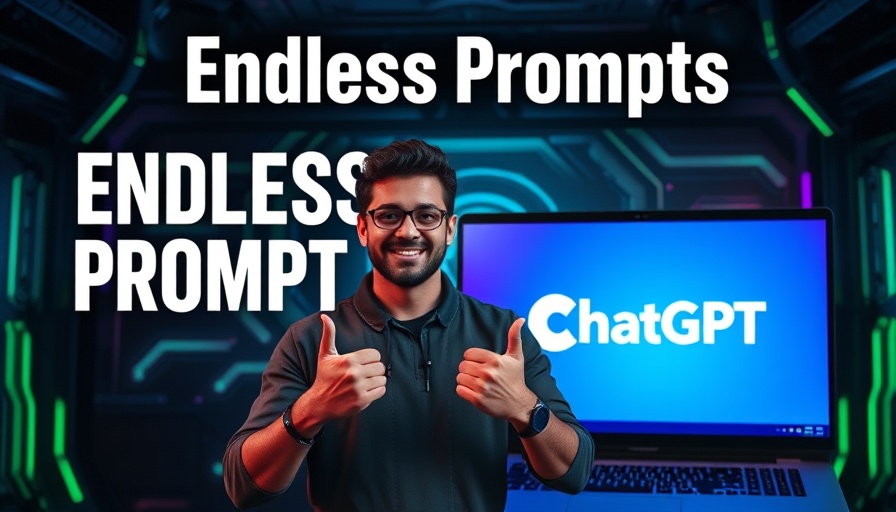
Unlocking the Future with Google's V3: A Game Changer in AI Video
At the recent Google IO event, the spotlight shone on the revolutionary VO3 AI video model. This latest breakthrough in artificial intelligence promises to change the landscape of video creation by seamlessly merging video, sound effects, music, and dialogue—all in one coherent output. For learners and enthusiasts keen on understanding today’s technological paradigms, this advancement signifies much more than just an upgrade; it's a transformative leap that blurs the line between human creativity and machine execution.
In 'Google Veo 3 Changes Everything – Video, SFX, and Speech all at Once,' the discussion dives into the transformative nature of AI video, prompting us to analyze its implications thoroughly.
The Making of V3: A Symphony of Features
One of the most striking features of Google V3 is its unique ability to generate fully lip-synced dialogue alongside music and sound effects. Unlike its predecessors, which focused narrowly on video or audio, V3 combines these elements smoothly, enhancing the storytelling potential of creators. Users can now simply provide vague prompts, such as “Isaac Newton rapping about gravity,” and watch as V3 brings a character to life with accurate facial expressions and synchronized body language.
Real-World Applications: From Comedy to Tutorials
The versatility of V3 extends beyond scripted dialogue. Among its most viral demonstrations, comedians have used it to generate punchlines, while educators have turned to it for creating engaging tutorials. Imagine a cooking instructor saying, 'You want to be stirring constantly,' with perfect timing and animation. Such functionalities allow AI to cater to various genres and audiences, integrating humor into everyday content creation.
Pushing the Boundaries: Challenges and Limitations
While the potential of V3 is promising, it's not without its quirks. Users have noted awkward pauses, unexpected changes in character movements, and glitches where the AI generates details that don’t match user prompts. For tech students analyzing these limitations provides valuable insights into the current landscape of AI capabilities—demonstrating that while we are on the cusp of something extraordinary, perfection is still a moving target.
Educational Opportunities with AI Tools
The functionality of V3 could enhance AI literacy among students and budding technologists alike. By incorporating tools like Google's Flow—a platform that combines various aspects of video editing with text and image capabilities—educators can inspire creativity and exploration in their classrooms. Courses that delve into AI video generation, like those available on the Futurepedia YouTube channel, provide hands-on resources to help learners experiment with these tools, effectively preparing them for future technological advancements.
The Road Ahead: Predictions for AI Video Creation
As Google V3 establishes itself, expect other video platforms to respond, striving to innovate and compete. The insights gained from investigating V3's strengths and weaknesses could widely influence industry trends, pushing the boundaries of video production. The next generation of content creators, armed with advanced AI tools, will undoubtedly shape how stories are told and consumed, likely paving the way for a landscape where AI-generated video becomes a norm rather than an exception.
In conclusion, Google V3's capabilities mark a vital step in the evolution of AI-generated content. For AI learners wanting to dive deeper into this dynamic field, leveraging tools like Futurepedia can provide invaluable resources and insights. As we continue to explore AI frontiers, staying informed and engaged will be crucial for anyone wishing to thrive in this digital age.
 Add Row
Add Row  Add
Add 




 Add Row
Add Row  Add
Add 

Write A Comment